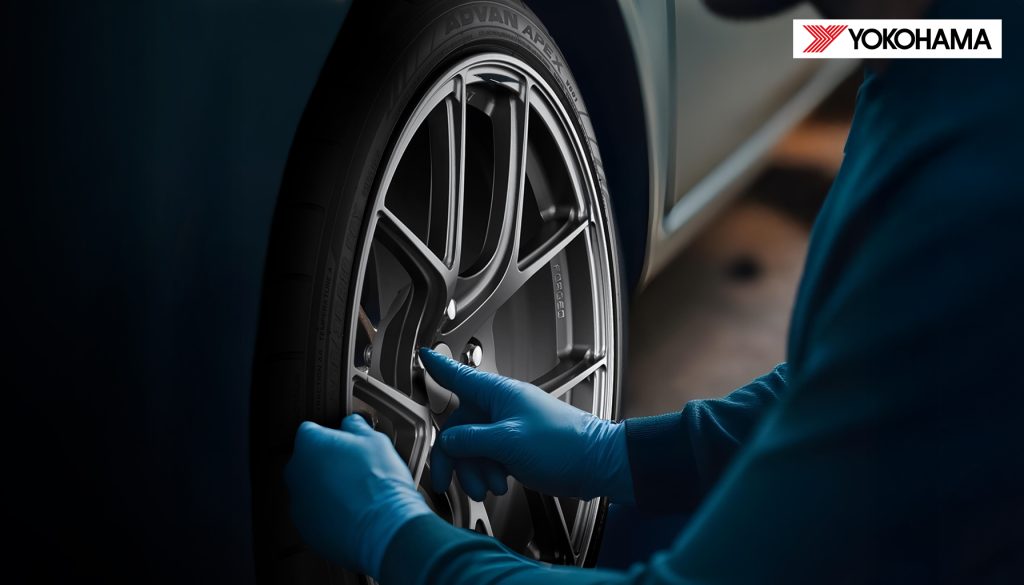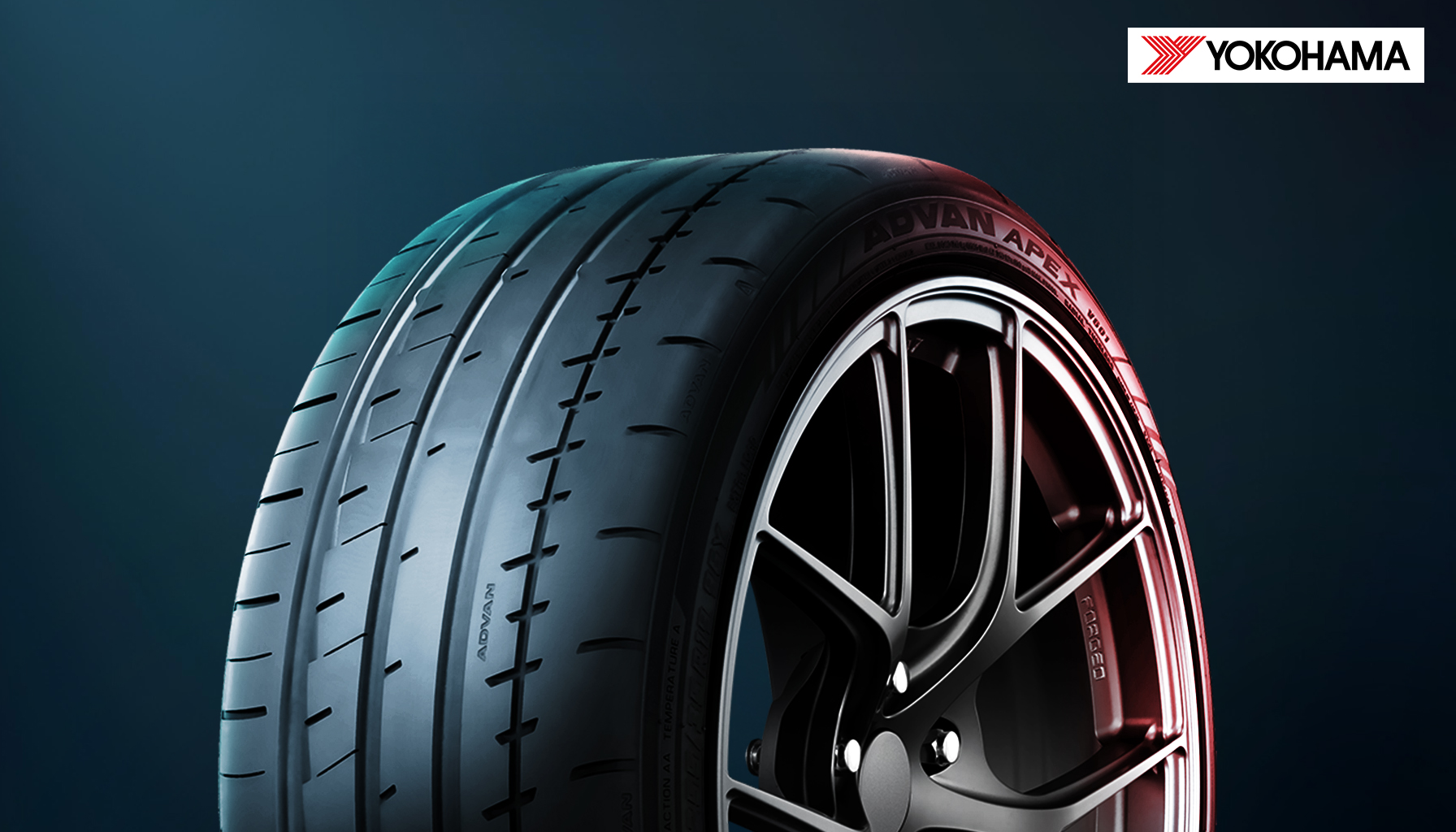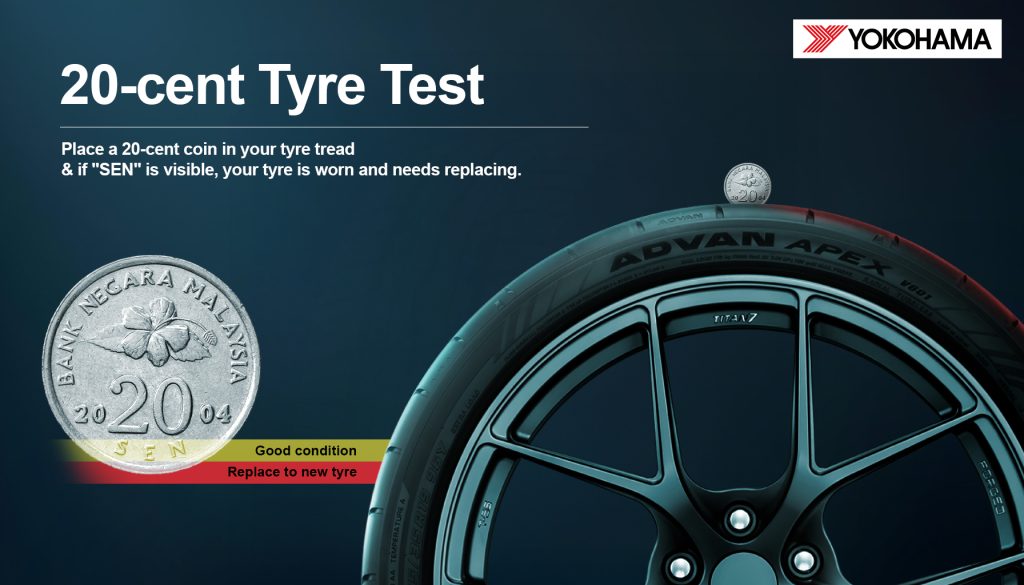Wondering how long tyres last before needing replacement? While there’s no single answer that applies to every vehicle or driver, understanding the average tyre lifespan and the factors that affect it is key to staying safe on the road.
This guide breaks down everything you need to know—from lifespan averages to replacement indicators and tips for extending tyre life.
Average Tyre Lifespan: Kilometres vs. Years
Most quality all-season tyres last between three to five years, depending on how they’re used and maintained. This translates to around 40,000 to 80,000 kilometres, with lightweight vehicles and gentle drivers landing on the higher end of that range.
Your daily habits and driving conditions matter too. For instance, short trips in congested areas wear tyres faster than long highway drives. Proper care and regular inspections also play a huge role in extending tyre life.
For reference, most drivers average about 20,000 to 25,000 kilometres per year, making the five-year mark a realistic upper limit under normal conditions.
What Affects Tyre Lifespan?

Many variables influence how long your tyres will last. These include:
1. Miles Driven
The heavier traffic you drive, the faster your tread wears out—it’s that simple. If you’re clocking long commutes or road trips regularly, expect shorter replacement intervals. More mileage can also be clocked on a non-congested road like a highway.
2. Driving Style
Aggressive habits like rapid acceleration, hard braking, and fast cornering increase tyre wear significantly. In contrast, smooth, steady driving extends lifespan.
3. Road Conditions
Rough surfaces, potholes, speed bumps, and poor road maintenance all take a toll on tyres. Repeated impact can lead to tyre damage, misalignment and suspension issues that compound tyre wear.
4. Weather Exposure
Rain, snow, and ice demand more from your tyres—especially if they’re not designed for those conditions. Additionally, extreme heat or cold accelerates rubber ageing, even when tyres aren’t in use.
5. Tyre Maintenance
Tyre maintenance must be done regularly, and includes ensuring correct air pressure, wheel alignment & balance, and performing regular rotations. Neglecting these maintenance can halve the life of your tyres.
Under-inflation increases fuel usage and accelerates shoulder wear, while over-inflation causes centre tread damage.
6. Tyre Age
Even tyres with minimal usage degrade over time. Without regular movement, the rubber compounds break down, reducing grip and safety. It is highly recommended to change your tyres after 5 years of age, regardless of tread depth.
Learn more about when to change tyres based on age, condition, and performance.
7. Tyre Quality
Premium tyres usually last longer and perform better. Some high-performance tyres offer excellent grip but wear out faster due to softer compounds.
8. Load and Speed
Driving with overloaded vehicles or at excessive speeds puts additional strain on your tyres and reduces their expected service life. Take extra precautions if your vehicle uses INCH UP tyres, whose Load Index might be different. Moreover, lower profile tyres are more sensitive to overload/underinflation.
Signs It’s Time to Replace Your Tyres
Even if your tyres “look fine,” there are clear indicators it’s time for a replacement.
1. Low Tread Depth
Worn treads compromise traction, especially in wet conditions. Most tyres have tread wear indicators inside the grooves. Once the tread is level with these bars (typically 1.6mm), your tyre is legally unroadworthy.
You can easily check your tyre tread depth using a 20 sen coin method. Insert the coin vertically into the tyre’s tread grooves. If the SEN wording is visible, your tread depth may be too low, and it’s time to replace your tyres. If the tread covers SEN wording, your tyres are still in safe condition. This quick method gives a rough indication but does not replace regular inspections by a professional.
2. Uneven Wear
Tread wearing unevenly across the tyre surface could signal misalignment, incorrect pressure, or suspension issues:
- Shoulder wear: Under-inflation or lack of rotation
- Centre wear: Over-inflation or frequent high-speed driving
- Inner/outer edge wear: Alignment problems
- Cupped wear: Suspension faults
In some cases, uneven wear may indicate a tyre bulge or worn out tyres—both of which significantly reduce safety and handling.
3. Rough or Noisy Drive
Increased vibration or new noises from the wheels can suggest internal damage, unbalanced tyres, or uneven wear.
4. Visible Damage
Cracks, bulges, blisters, or cuts—especially along the sidewall—are serious hazards. Any visible deformity warrants immediate professional inspection and likely replacement. If you’re unsure, check for cracked tyres or tyre sidewall cuts.
5. Tyre Age (Check the DOT Number)
The DOT number on your tyre’s sidewall reveals the week and year of manufacture. For tyres made after 2000, the last four digits tell you when it was made (e.g. “3618” means the 36th week of 2018). Tyres older than 5 years should be replaced—even if they appear unused.
How to Extend Tyre Life
Maximising your tyres’ lifespan isn’t difficult—it just requires consistency.
- Drive smoothly: Avoid sharp turns, hard braking, or aggressive acceleration.
- Maintain correct pressure: Check monthly using a reliable pressure gauge.
- Inspect tread depth regularly: Use wear bars or tools like a coin or tread gauge.
- Rotate tyres: Follow your vehicle’s manufacturer guidelines (usually every 10,000 km).
- Balance and align: Schedule checks annually or after hitting a kerb or pothole.
- Avoid hazards: Steer clear of rough roads, debris, or curbs whenever possible.
- Store spares properly: Keep unused tyres in a cool, shaded area away from direct sun or extreme heat.
For more guidance, learn how to know if a tyre is punctured before it becomes a major hazard.
Safety First: Don’t Push the Limits
According to the National Highway Traffic Safety Administration (NHTSA), poor tyre condition triples your risk of a crash. Worn tyres are especially dangerous in wet weather, where aquaplaning and reduced grip come into play.
If you’re ever unsure about your tyre’s condition, consult a professional. Regular inspections—especially as tyres age—can prevent blowouts, improve fuel efficiency, and save lives.
Choose the Best Car Tyres in Malaysia
Understanding how long tyres last—and when to replace them—can make all the difference in your safety, fuel efficiency, and driving comfort. Regular checks, good habits, and high-quality replacements go a long way in extending tyre life.
For expert advice and durable, road-tested products, explore car tyres Malaysia from Yokohama. Whether you’re looking for long-distance comfort, city efficiency, or all-terrain performance, Yokohama Malaysia offers tyre solutions engineered to last.



